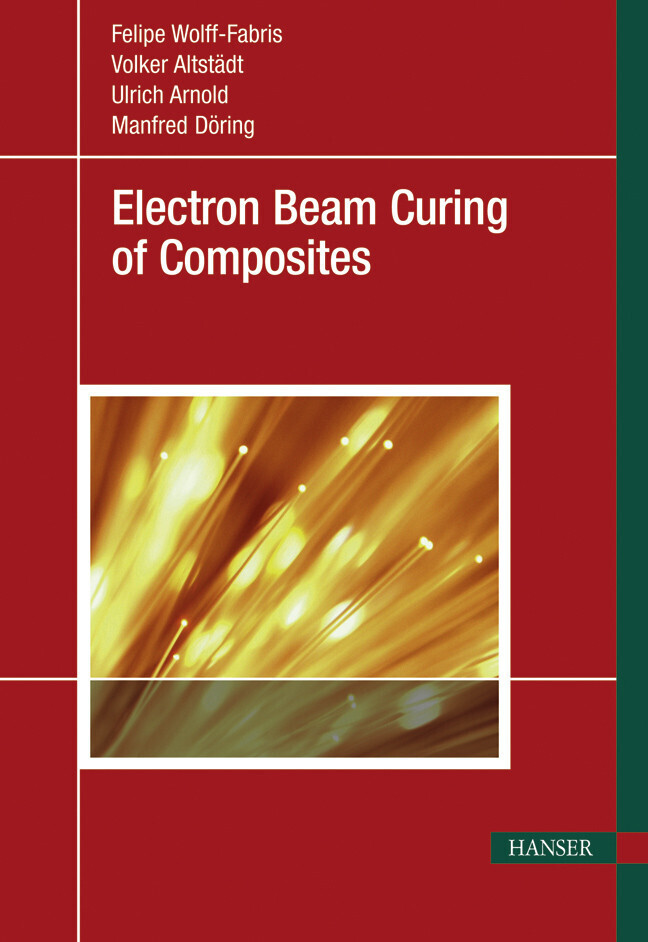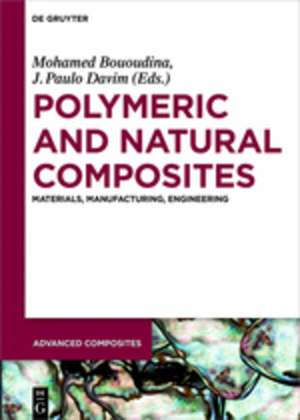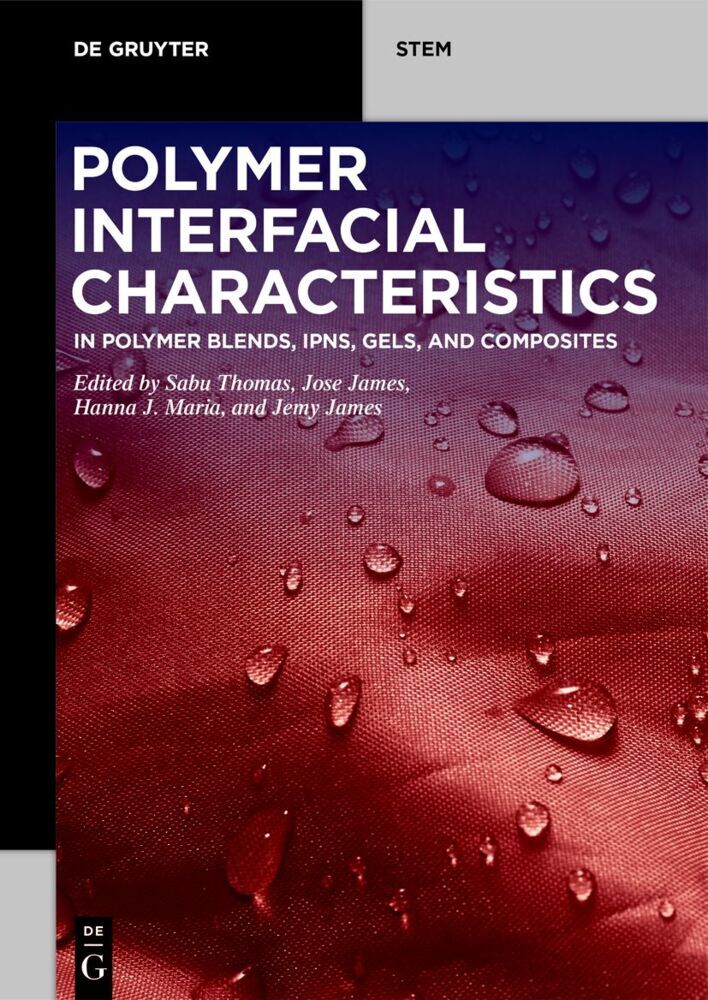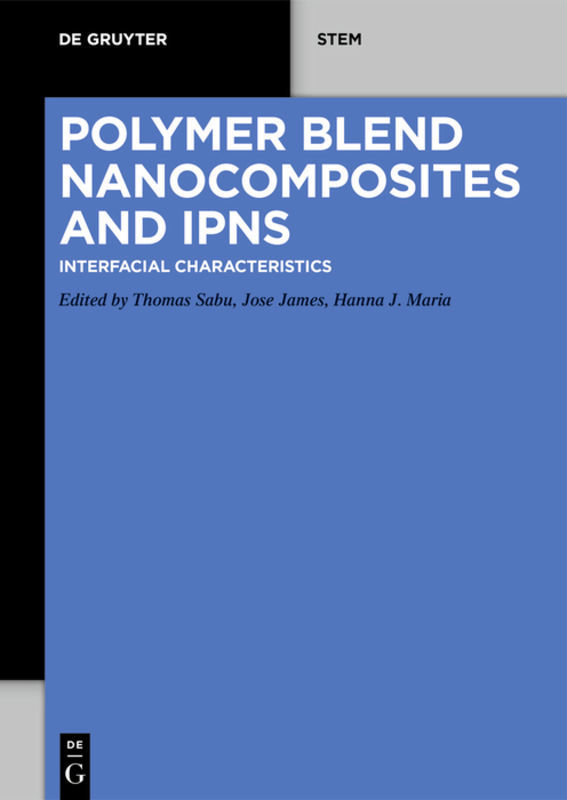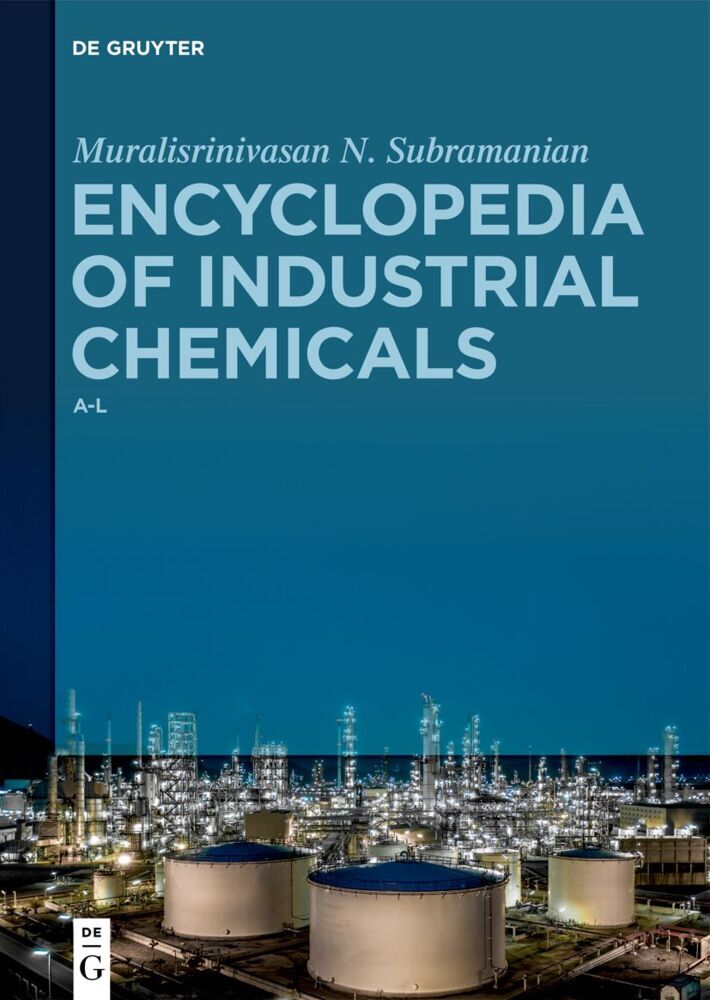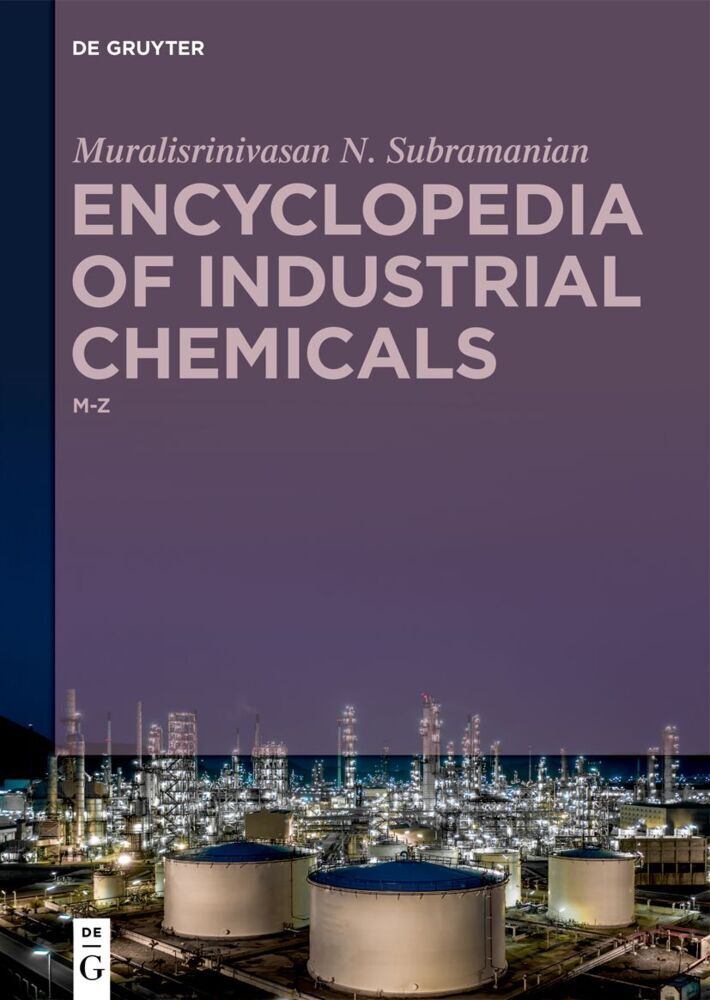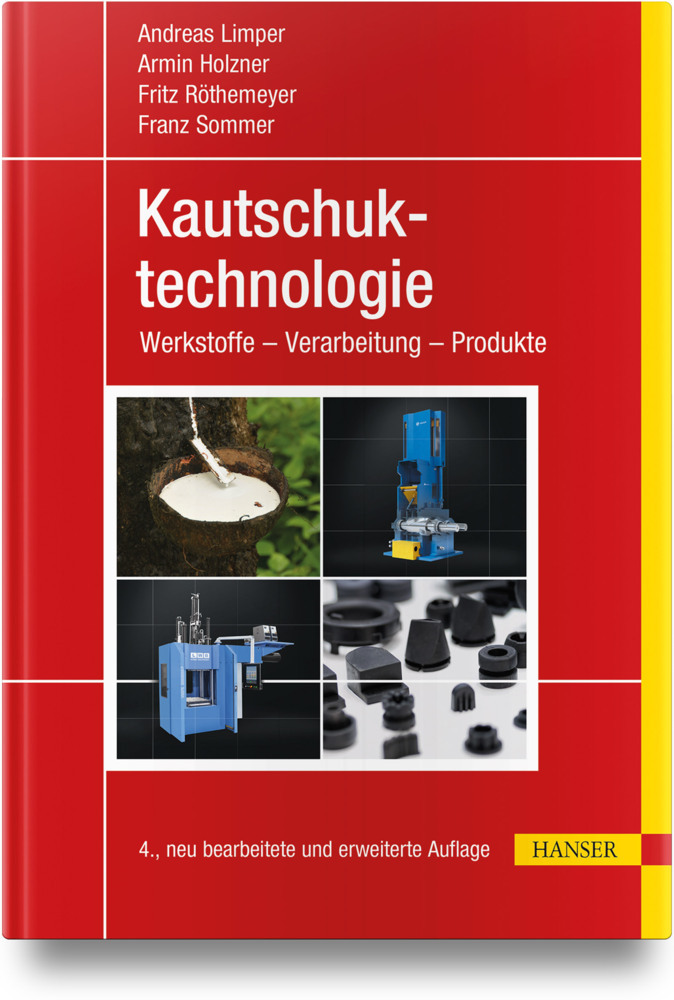Electron Beam Curing of Composites
Electron beam curing technology for advanced composites has emerged as a credible and attractive alternative to thermal curing for most composite products. Technical advantages, e.g., for aerospace structures, include curing at room temperature, using low-cost tooling, and the ability to fabricate large integrated structures.
Here, both theoretical and practical aspects of electron beam curing of composites are comprehensively covered, with the intention to bridge the gap between academic knowledge and Industrial applications. The reader is introduced to fundamental information regarding curing reactions, to material requirements and parameters affecting EB curing, and the analysis of current molding technologies combined with EB curing. A description of research projects and the main topics they address as well as examples of EB curing applications within the composite industry are also presented.
Here, both theoretical and practical aspects of electron beam curing of composites are comprehensively covered, with the intention to bridge the gap between academic knowledge and Industrial applications. The reader is introduced to fundamental information regarding curing reactions, to material requirements and parameters affecting EB curing, and the analysis of current molding technologies combined with EB curing. A description of research projects and the main topics they address as well as examples of EB curing applications within the composite industry are also presented.
1;Contents;62;1Introduction to Electron Beam Curing of Composites;82.1;1.1Principles of the Technique;82.2;1.2Chemical Aspects of the Curing Reaction;92.2.1;1.2.1Free Radical Polymerization;102.2.2;1.2.2Cationic Polymerization;112.2.3;1.2.3Network Formation;132.3;1.3Parameters Affecting Electron Beam Curing;142.3.1;1.3.1Impurities;142.3.2;1.3.2Irradiation Dose;152.3.3;1.3.3Initiator Content;162.3.4;1.3.4Thermal history;162.3.5;1.3.5Irradiation Energy;182.4;1.4Electron Beam Curing Facilities;202.5;1.5Safety Issues;223;2Aspects of Electron Beam Curable Materials;243.1;2.1Initiators;243.1.1;2.1.1Onium Salt Initiators;273.1.1.1;2.1.1.1Iodonium Salt Initiators;273.1.1.2;2.1.1.2Sulfonium Salt Initiators;333.1.1.3;2.1.1.3Other Onium Salt Initiators and Related Compounds;413.1.2;2.1.2Metal Complex Initiators;443.1.2.1;2.1.2.1Cyclopentadienyl Iron(II) Arene Complex Initiators;443.1.2.2;2.1.2.2Silver Alkene Complex Initiators;463.2;2.2Neat Resins;483.2.1;2.2.1Free Radical Polymerizable Resins;483.2.2;2.2.2Cationically Polymerizable Resins;503.3;2.3Toughened Resins;523.3.1;2.3.1Liquid Reactive Rubber;543.3.2;2.3.2Core-Shell Rubber Particles;553.3.3;2.3.3Thermoplastics;633.3.4;2.3.4Block Co-polymers;743.3.5;2.3.5Inorganic Nanoparticles;793.3.6;2.3.6Hyperbranched Polymers;833.4;2.4Interfacial Properties Between Fibers and Matrix;843.4.1;2.4.1Fiber Surface Treatment and Use of Sizings;853.4.2;2.4.2Processing Conditions;863.5;2.5Residual Stresses;873.6;2.6Effect of Post-Curing;884;3Electron Beam Curing Applied to Composite Molding Technologies;924.1;3.1Layer-by-Layer Assembly;924.2;3.2Prepregging;944.3;3.3Vacuum Bagging;954.4;3.4Pultrusion;964.5;3.5Filament Winding;964.6;3.6Resin Transfer Molding (RTM) and Vacuum Assisted RTM (VARTM);974.7;3.7Lost Core Molding;985;4Current Limitations and Potentials for Electron Beam Curing;1005.1;4.1Cost Analysis of Electron Beam Curing Processes;1005.2;4.2Comparison Between Thermal and Electron Beam Cured Materials in Terms of Properties;1025.3;4.3Summary of Potential Applications for Electron Beam Curing;1056;5Research Trends and Projects in the Field of Electron Beam Curing;1087;6Examples of Electron Beam Curing Applications;1127.1;6.1Automotive;1127.1.1;6.1.1Composite Concept Vehicle, Daimler-Chrysler;1127.1.2;6.1.2Composite Armored Vehicle, US Army;1127.2;6.2Aircraft Industry;1147.2.1;6.2.1Patch Repairs for Civil and Military Applications;1147.2.2;6.2.2T-38 Talon, US Air Force;1167.2.3;6.2.3F/A-18 Hornet, Northrop Grumman;1177.3;6.3Space Applications;1187.3.1;6.3.1Space Shuttle Venture Star, Lockheed and NASA;1187.3.2;6.3.2Satellite's Flywheel, AFS Trinity and NASA;1207.3.3;6.3.3Satellite's Reflector Dish, Acsion and CASA (Spanish space agency);1218;References;1229;Appendix 1: Key Players in Electron Beam Curing;13010;Appendix 2: List of Commercially Available Materials for Electron Beam Curing;13211;Subject Index;134
Wolff-Fabris, Felipe
Altstädt, Volker
Arnold, Ulrich
Döring, Manfred
| ISBN | 9783446433465 |
|---|---|
| Artikelnummer | 9783446433465 |
| Medientyp | E-Book - PDF |
| Copyrightjahr | 2012 |
| Verlag | Carl Hanser Fachbuchverlag |
| Umfang | 136 Seiten |
| Sprache | Deutsch |
| Kopierschutz | Digitales Wasserzeichen |

